African culture is making a big impact in the UK, so when will African food catch up? Brands predict we could be at the start of a curve that sees the likes of jollof rice, moi moi and akara make inroads on to British plates
In 2023, Burna Boy became the first African music artist to sell out the London Stadium. Londoners were hardly starved for choice that night, as Beyoncé was playing down the road at the Tottenham Hotspur Stadium.
That an African artist was matching a global pop icon in taking the stage at one of the capital’s pre-eminent stadium venues was a sign of how influential west African culture, and Nigerian culture in particular, is becoming in the UK.
You could compare it with Korean culture. K-Pop artists have developed cult-like followings, not dissimilar to Afrobeats artists like Burna, Wizkid and Davido. And once the preserve of the elite, Korean TV and cinema has cultivated a new breed of fans who don’t mind subtitles. The Nigerian film scene, known as Nollywood, has similar aspirations.
But while Korean food has enjoyed a similarly stratospheric rise to its cultural offerings, west African cuisine is still awaiting its moment in the spotlight. So, why has it left been behind? What are the barriers to its success? And can moi moi, fufu and jollof rice break free from the world foods aisle to achieve the dizzying popularity of gochujang?
There’s certainly no shortage of consumers who are potentially familiar with west African food. England and Wales census data from 2021 suggests the black African diaspora is much bigger than the black Caribbean community. A full 1.5 million people claimed black African ethnicity, with a further 0.25 million listing themselves as mixed race: white and black African. Meanwhile, 0.6 million people claimed black Caribbean ethnicity, in addition to 0.5 million who gave their ethnicity as mixed: white and black Caribbean.
At 2.5% of the population, that makes the black African group comparable to those that identified as Indian, British Indian or Welsh Indian, who make up 2.4% of the population.
Yet it’s very clear which culture has made the bigger impact on the British food and drink scene.
One factor is the sheer amount of variation. Each of the west African nations – spanning Nigeria, Ghana, Senegal, the Gambia, Benin, Togo, Ivory Coast and Cameroon – has its own cuisine and culture. Of those cuisines, Nigerian is tipped as the front runner. The Nigerian community is the biggest west African diaspora in the UK, so it stands to make a big impact.
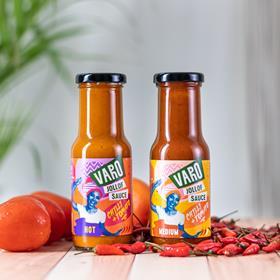
Elizabeth Binitie, co-founder of Nigerian food brand Varofoods, says much of the gap can be attributed to a far younger diaspora. “Nigerian people have only really been in the UK en masse since the 1990s. So it’s taken some time for all that cultural assimilation and for the culture to trickle down.”
It’s only a matter of time before the cuisine hits the mainstream, she says.
Already, Nigeria’s national dish of jollof rice is the best-known west African dish, according to exclusive research conducted by Vypr for this article. And despite the bitter disagreements between nations about who invented jollof – and who does it best – it’s the natural starting point for many journeys into west African food.
Jollof refers to rice cooked in a sauce of onions, peppers, tomatoes and chillis with regional variations. Varofoods, YumChop, D-One and Tasty African Food – companies either founded or co-founded by Nigerians – all have a jollof rice product stocked in one of the major supermarkets.
There’s much more than jollof, of course. Suya refers to a spice blend, and can also mean grilled meat flavoured with that spice. Egusi is melon seed soup. Fufu is pounded yams. Moi moi is a steamed bean pudding. Waakye is a rice and bean dish. Puff puff is a fried dough snack. Akara is a bean fritter. Those are just some of the region’s better-known dishes, and can be known by different names across west Africa.
Beyond the diaspora
Still, many of those dishes will be unfamiliar to Brits. Bringing these dishes to the mainstream is a feat that will require effort from producers, retailers and cultural figures alike.
“Why can’t this plantain snack be next to Walkers crisps or white label crisps?” asks Colin Mordi, founder of Spill The Beans, an event that aims to bring supermarket buyers together with brands founded by people of colour.
“There’s that stigma about it: has it got an ingredients that I won’t understand? Is it too spicy? The general public who are doing their weekly shop of bread, milk and tea – they’re not thinking about going down the world food aisle.”
His point explains why African brands see the world food aisle as both a blessing and a curse. On the plus side, those who want to cook west African cuisine at home will likely gravitate to that area of the store. However, the shelves don’t reach your average shopper on a quick mission. And they tend to house African and Caribbean foods under a single banner, homogenising two very different cuisines.
So, for brands, the aim is often to move into the general aisles. While Jamaican patties and jerk chicken have managed to do so, west African food is yet to make the leap. That’s a source of frustration for Binitie.
“This is not niche any more,” she argues. “We belong in the mainstream aisle next to the other rice products.”
Still, there are signs of development within the world food aisle. Previously, it stocked only the ingredients needed to cook from scratch. Increasingly, supermarkets are broadening their selection to include cooking sauces and ready meals in the hope of enticing new consumers looking for something more exciting.
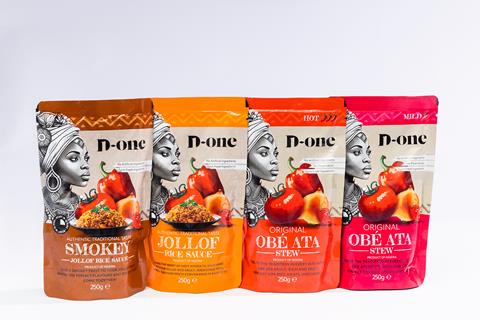
“The world food section started off with half an aisle years back. Now you’re seeing at least two aisles and they’re growing every year,” says Amit Damani, co-founder of Foodversity, whose brand D-One rolled out five SKUs into Tesco in September, including Obe Ata Stew and Jollof Rice Sauce. “The world food aisle is an up-and-coming thing.”
He sees retailers responding to increased demand for convenience from younger consumers and university students who are too pushed for time to make jollof rice or obe ata stew from scratch, but still want to eat the foods they grew up with.
Commercial potential vs barriers
The interest is growing enough to attract bigger brands such as VeeTee and Tropical Sun, which have launched their own versions of jollof rice in the past 18 months.
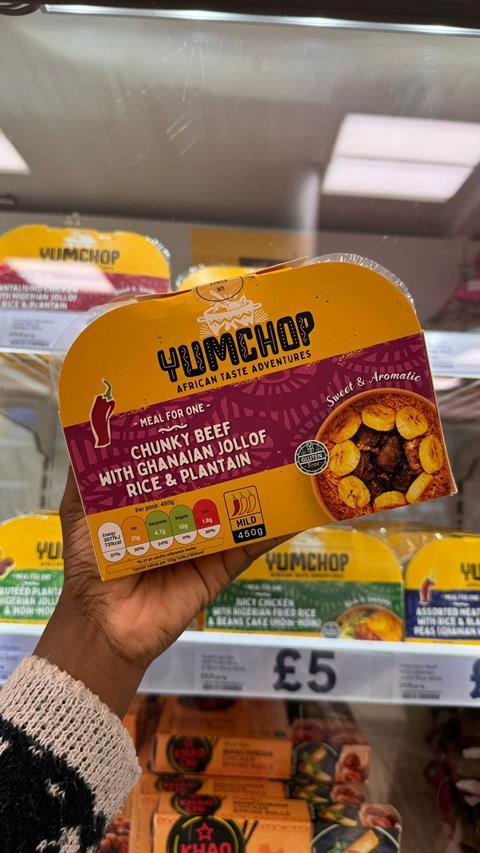
They stand to tempt the 65% of Brits in Vypr’s research who said they would be “definitely” or “probably” be willing to try west African food. While 42% said they would be likely to buy such meals or ingredients if available in major supermarkets.
That potential was enough for African ready meal maker YumChop to expand into Tesco in October 2024, having spent years focusing on DTC. “I definitely see this growing and, in the next two to five years, starting to really take shape and take its place in the mainstream,” says Abi Adefisan, director of YumChop.
However, the data reveals a narrow understanding of what African food represents. Although 37% of respondents recognised jollof rice, only about 10% had heard of or tried dishes such as suya or egusi soup. The main barriers cited were lack of familiarity (32%), concerns about taste or spice levels (22%) and limited availability (20%).
Those barriers also affect production. The likes of moi moi remain alien to many UK white label producers, says Binitie. “Somehow we managed to find someone in Spain that was willing to make moi moi for us, but they didn’t know how to make it, so we had to go through teaching them,” she explains.
Fourteen years since partnering with that Spanish manufacturer, Varofoods’ moi moi is no longer on shelves. Not because it wasn’t popular, says Binitie, but because Brexit made it harder to continue working with her Spanish supplier.
On the plus side, consumers now have more opportunities than ever to discover these lesser known delicacies. Brits are most likely to do so through street food (32%), festivals (26%) and restaurants (31%), Vypr’s research found. Next up were supermarket meal kits (23%) and supermarket ready meals (22%).
Tasty African Food is leading the charge on both fronts. Its chain of restaurants aims to introduce new consumers to African food, while it also has a range of ready meals available in Sainsbury’s, among them Ayamase, and Dodo & Gizzard.
Simi Olaleye, business development manager at Tasty African Food, believes the opportunity for African food is gathering pace.
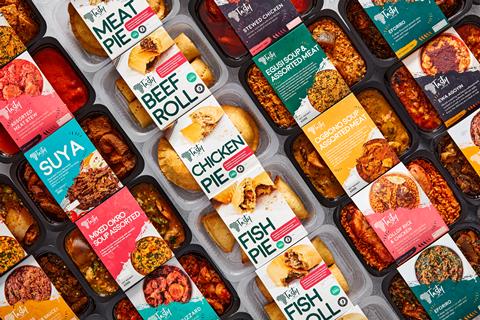
“The desire to explore new flavours, cuisines and cultural experiences has grown, with many seeking meals that are not just nourishing but also exciting and memorable,” he says. “This curiosity has created a prime opportunity for cuisines that were previously less familiar, including African food, to capture attention and inspire new culinary adventures. At the same time, there’s been a remarkable wave of innovation in the presentation of African cuisine, particularly through social media, which has captured consumer curiosity and sparked greater interest in these vibrant dishes.”
With ready meals and meal kits the clear way forward for retailers, convenience has become the key battleground. After years focusing on DTC, African ready meal company YumChop recently expanded into Tesco.
“I definitely see this growing and, in the next two to five years, starting to really take shape and take its place in the mainstream,” says Abi Adefisan, director of YumChop.
The trick now is to maintain authenticity, says Foodversity co-founder Taiwo Otemade: “What the buyers are looking for is authentic products. So if they’re finished products, then great. If they’re the ingredients to make the dish at home yourself, also great.
“People that are going into the mainstream retailers, why can’t they have access to the traditional African food that’s available in independents? That gap needs to be bridged, and those products should be available.”
For Binitie, it’s just a matter of time before Nigerian products, in particular, are a common fixture on the shelves. After all, Nigeria is in the midst of a population explosion. By 2050, Unicef predicts two in five children in the world will be born in Africa, and one in 10 children will be born in Nigeria. There’s little sign of its impact on culture abating.
“From a retail perspective, we need to think of the culture as a food brand. But we can’t do anything about the culture, so we’ll leave the artists to push the culture, and we as food producers will benefit from that.”
In need of an African Ottolenghi
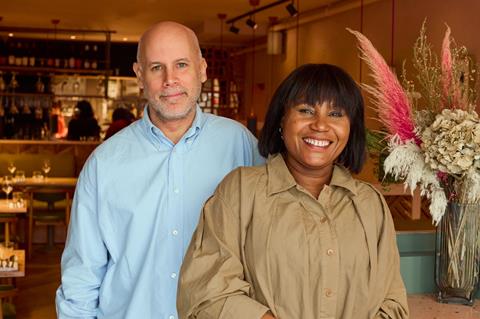
“Sometimes, in terms of people knowing what we do, I wish we were knocking out pasta,” says Matt Paice. He’s a business partner of chef-patron Joké Bakare at Chishuru in Fitzrovia, one of the two UK-based African restaurants to earn Michelin stars – along with Akoko, also in Fitzrovia.
Bakare has been on a stratospheric rise since winning the Brixton Kitchen competition and opening her first location in 2020. She is just one of the Nigerian chefs making their mark on haute cuisine. At Chishuru, her mission is to introduce consumers to unpretentious Nigerian cooking. Its menu is a “journey of discovery”, featuring spices like yaji – the Hausa name for suya – on its set menus.
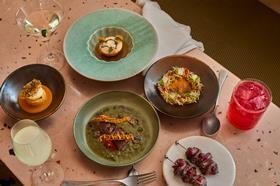
However, Paice acknowledges there is a way to go. “We’re still miles off the mainstream,” he says. “It’s taken 20 years for Mexican food to get from fajitas as street food to the understanding we have today. We’re still at the beginning of that journey.”
That niche element is reflected in Chusuru’s difficulty sourcing ingredients, despite the Michelin star and acclaim from all corners. “We have to go to Dagenham for some of our spices,” Paice says. “A few can be sourced from Dalston because of the historic Nigerian population. We even have an Uber account just to get plantain to the restaurant from Brixton.”
The cuisine still requires a lot of explanation, he says, which is why the restaurant only offers set menus. Paice points to the transformative influence of figures like Yotam Ottolenghi and Sabrina Ghayour, whose cookbooks have helped bring Middle Eastern and Persian flavours into British kitchens and, by extension, supermarkets.
“What we need now,” he says, “is an African Ottolenghi.”



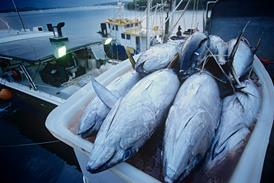



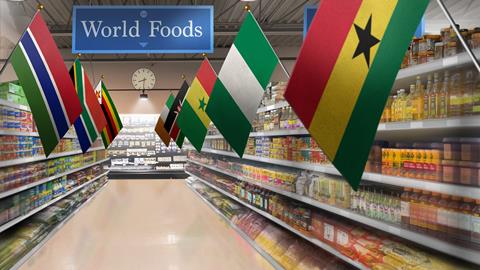
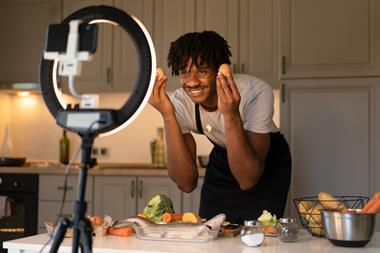




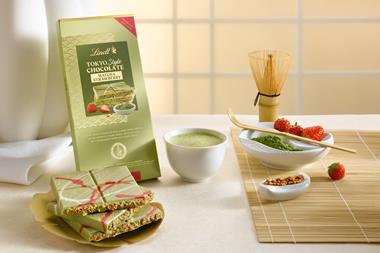


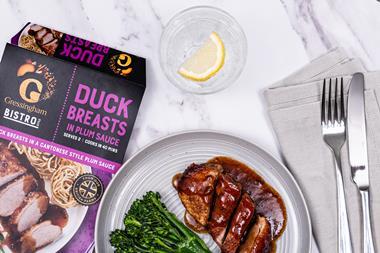

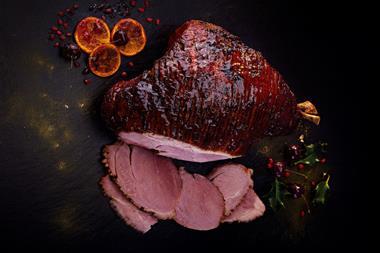
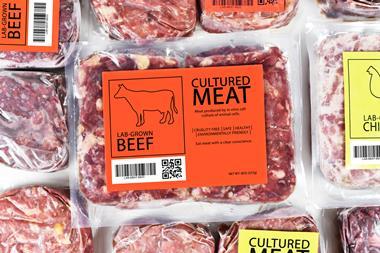
No comments yet